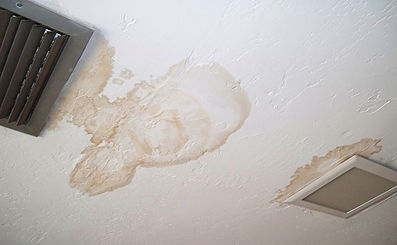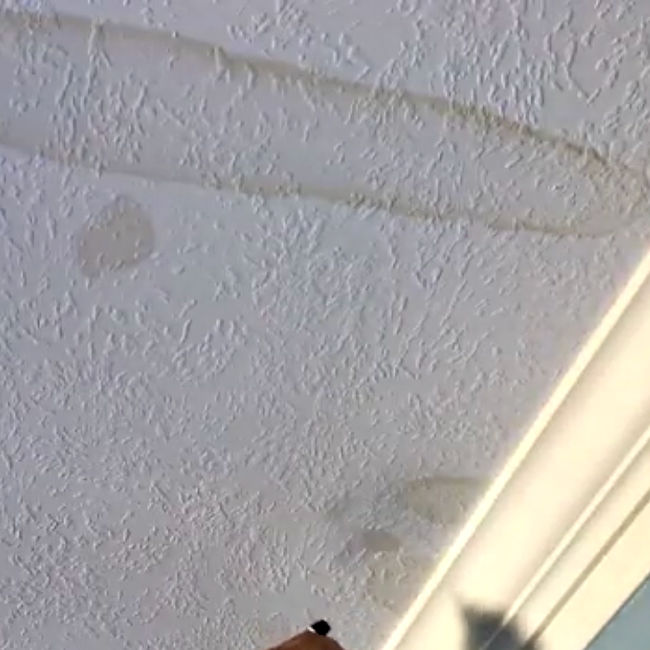They are making a number of great pointers on the subject of Indicators of Water Damage Behind Walls overall in the content down the page.

Water discolorations on walls are not pleasurable to the eyes. Sometimes it seems virtually inevitable to experience water spots on wall surfaces in homes.
Homeowners living in humid regions frequently deal with the anxiety of water discolorations on wall surfaces. With precise and also well-shaped details on the causes of water stains and punctual fixing procedures, you will certainly constantly be a step ahead of such occurrences.
3 Common Reasons For Water Spots on Walls
In contrast to common belief, water spots on walls do not constantly come from bad structure products. There are a number of reasons for water spots on walls. These include:
Moist
When warm damp air meets with completely dry cool air, it creates water beads to base on the walls of buildings. This happens in restrooms and kitchens when there is steam from cooking or showers. The water beads can discolor the surrounding walls in these parts of your house and spread to other locations.
Damp or condensation influences the roofing and wall surfaces of structures. When the wall is damp, it creates an ideal setting for the development of microbes and also fungi.
Poor Drainage
When making a structure strategy, it is essential to make certain adequate water drainage. This will protect against water from leaking into the wall surfaces. Where the drainage system is obstructed or nonexistent, underground moisture develops. This links to excessive moisture that you notice on the wall surfaces of your building.
So, the leading cause of damp walls, in this case, can be an inadequate drainage system. It can also be due to inadequate management of sewer pipelines that go through the building.
Pipeline Leaks
Most houses have a network of water pipelines within the wall surfaces. It always raises the practicality of such pipelines, as there is little oxygen within the walls.
A disadvantage to this is that water leak affects the walls of the structure and also causes widespread damages. A dead giveaway of faulty pipes is the look of a water tarnish on the wall surface.
Pro Tip
A houseplant in your house also enhances its moisture. So, if the house is already damp, you might intend to introduce houseplants with minimal transpiration. An instance of suitable houseplants is succulents.
Water Spots on Wall Surface: Repair Service Tips
When dealing with water spots, house owners would typically want a quick repair. Yet, they would soon recognize this is detrimental as the water spots persist. Below are a couple of practical ideas that will lead you in the fixing of water discolorations on walls:
Conclusion
Although no person wishes to have water discolorations on walls in their house, it can happen to the very best people. This write-up provides you leverage, as you currently know just how to handle this problem if it does take place.
It is always best to hire expert solutions to assist deal with the damages in your house.
In some cases it appears practically inevitable to experience water spots on walls in residences.
Contrary to preferred belief, water discolorations on walls do not constantly stem from inadequate building products. There are several reasons of water discolorations on walls. The water beads can tarnish the surrounding wall surfaces in these components of your home as well as spread to other areas.
Below are a few valuable pointers that will assist you in the repair of water spots on walls:
How to Remove Water Stains From Your Walls Without Repainting
The easy way to get water stains off walls
Water stains aren’t going to appear on tile; they need a more absorbent surface, which is why they show up on bare walls. Since your walls are probably painted, this presents a problem: How can you wash a wall without damaging it and risk needing to repait the entire room?
According to Igloo Surfaces, you should start gently and only increase the intensity of your cleaning methods if basic remedies don’t get the job done. Start with a simple solution of dish soap and warm water, at a ratio of about one to two. Use a cloth dipped in the mixture to apply the soapy water to your stain. Gently rub it in from the top down, then rinse with plain water and dry thoroughly with a hair dryer on a cool setting.
If that doesn’t work, fill a spray bottle with a mixture of vinegar, lemon juice, and baking soda. Shake it up and spray it on the stain. Leave it for about an hour, then use a damp cloth to rub it away. You may have to repeat this process a few times to get the stain all the way out, so do this when you have time for multiple hour-long soaking intervals.
How to get water stains out of wood
Maybe you have wood paneling or cabinets that are looking grody from water stains too, whether in your kitchen or bathroom. Per Better Homes and Gardens, you have a few options for removing water marks on your wooden surfaces.
You can let mayonnaise sit on your stain overnight, then wipe it away in the morning and polish your wood afterward. You can also mix equal parts vinegar and olive oil and apply to the stain with a cloth, wiping in the direction of the grain until the stain disappears. Afterward, wipe the surface down with a clean, dry cloth. Try placing an iron on a low heat setting over a cloth on top of the stain. Press it down for a few seconds and remove it to see if the stain is letting up, then try again until you’re satisfied. (Be advised that this works best for still-damp stains.) https://lifehacker.com/how-to-remove-water-stains-from-your-walls-without-repa-1849742925

Do you really like more info about How to Remove Water Stains from Walls and Ceilings? Make a remark directly below. We'd be glad to hear your opinions about this blog posting. Hoping that you come back again in the near future. Liked our posting? Please share it. Let other people check it out. We enjoy reading our article about How to Remove Water Stains from Walls and Ceilings.
Pricing